
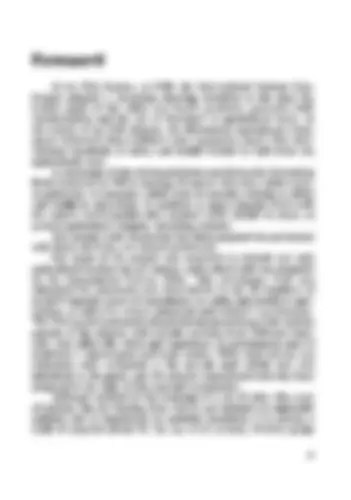

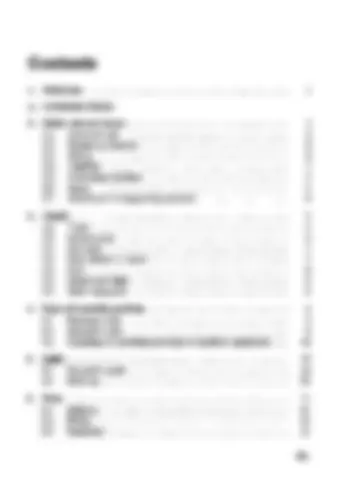
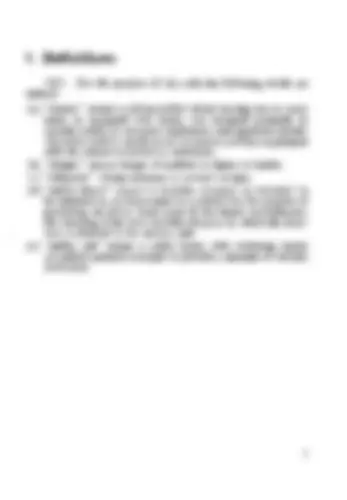
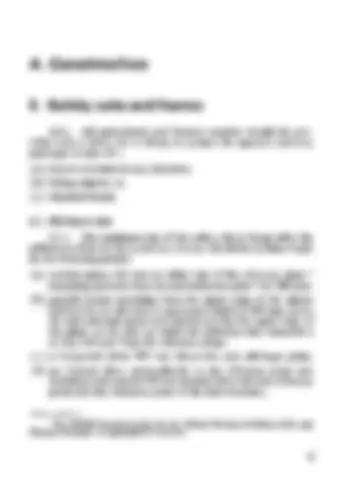
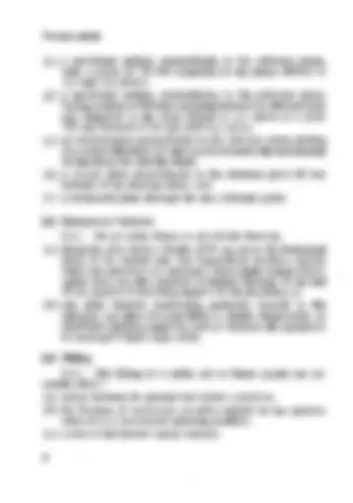
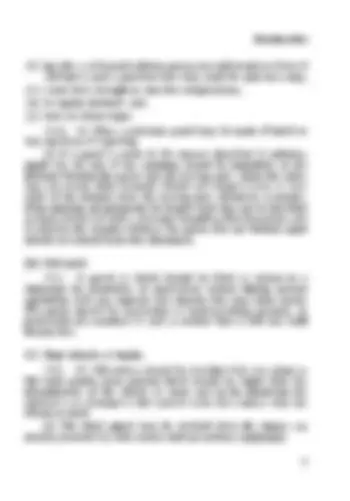
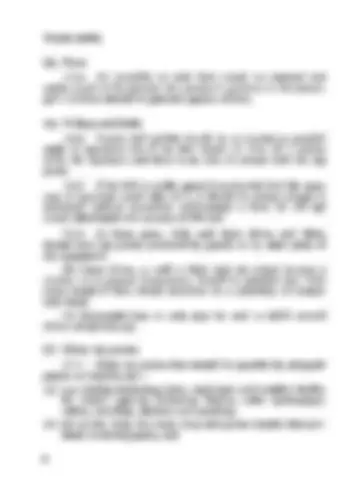
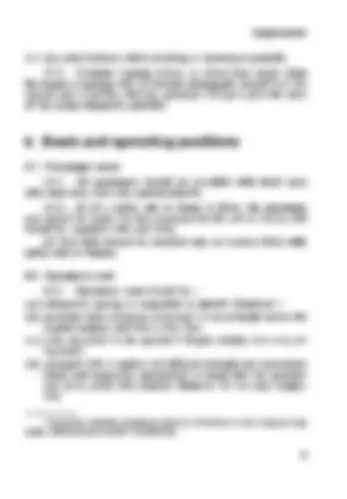
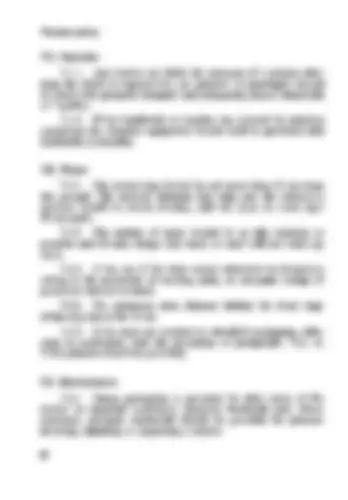
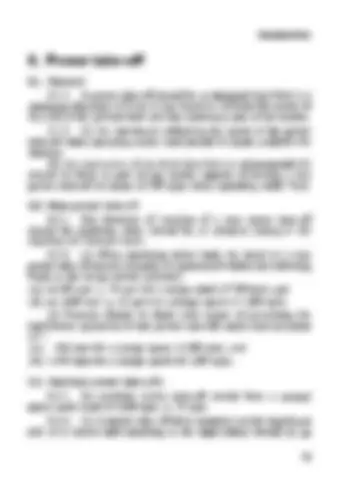
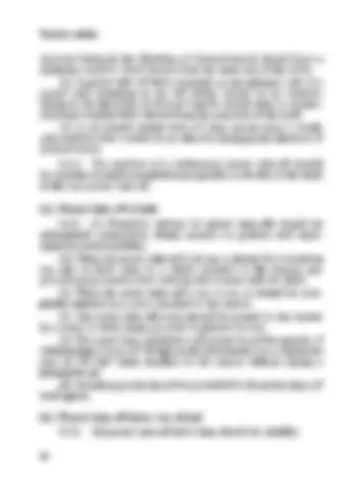
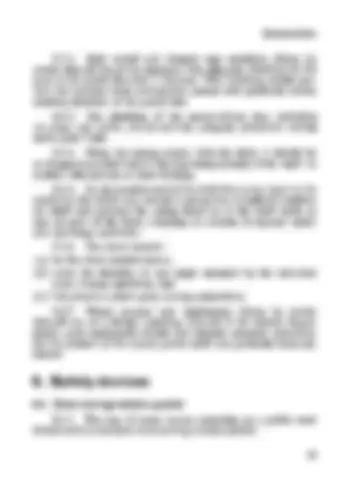
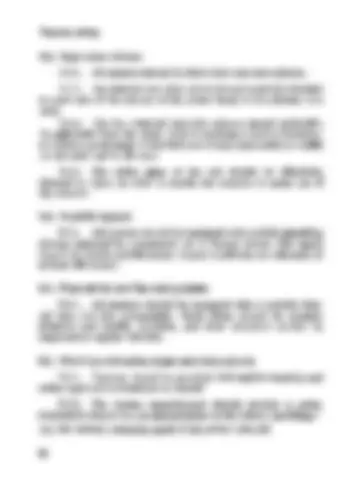
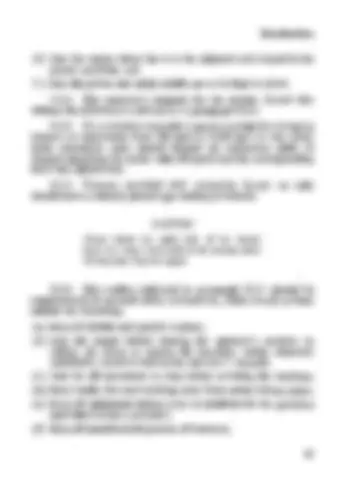
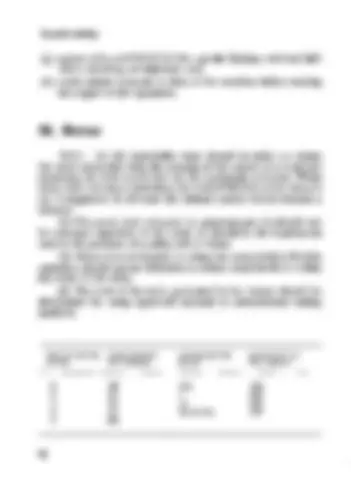
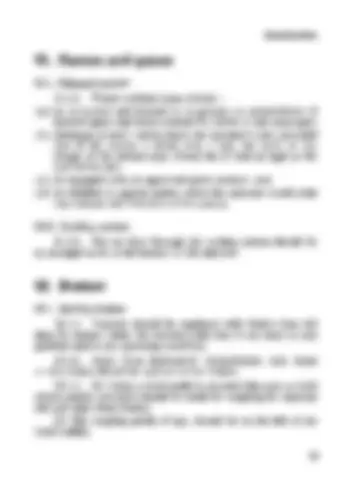
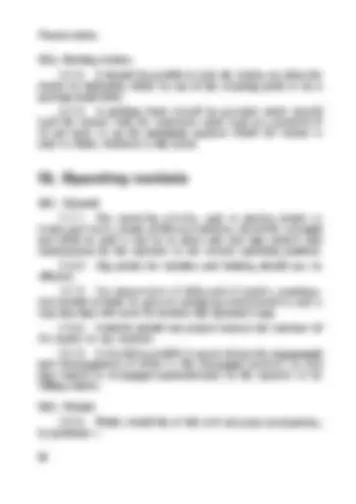
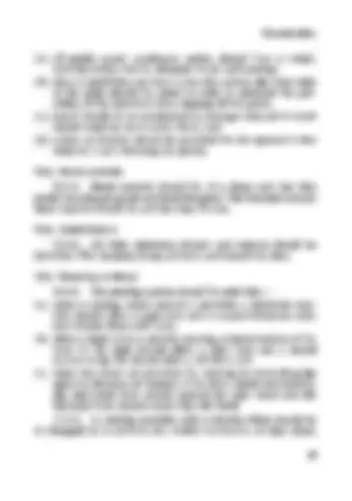
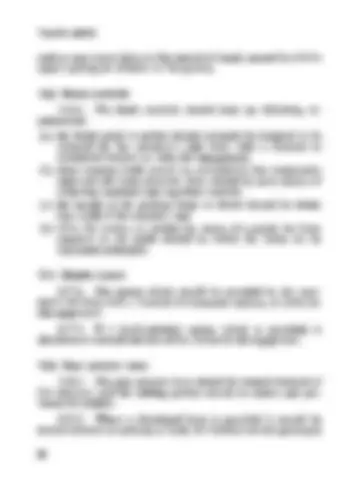
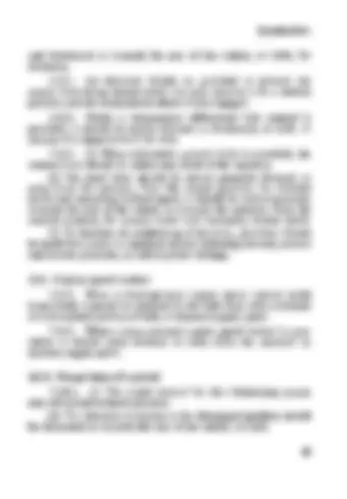
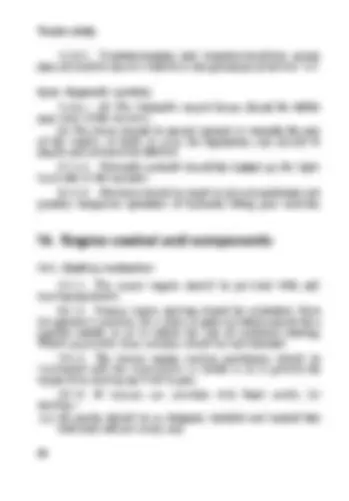
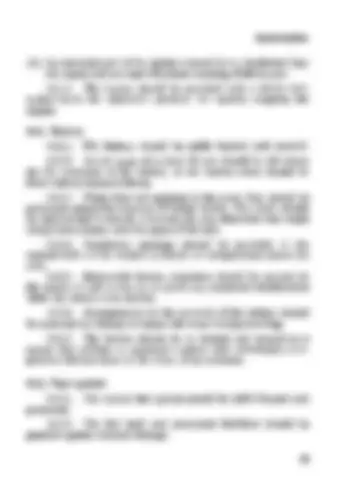
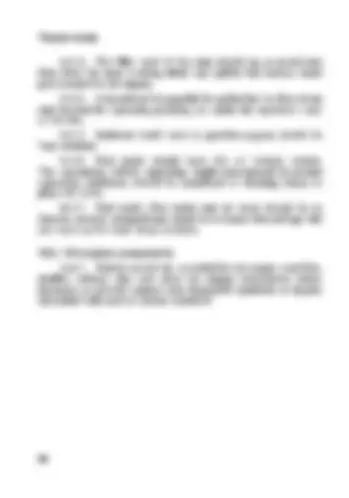
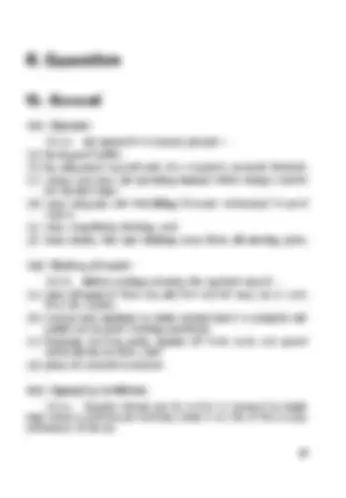
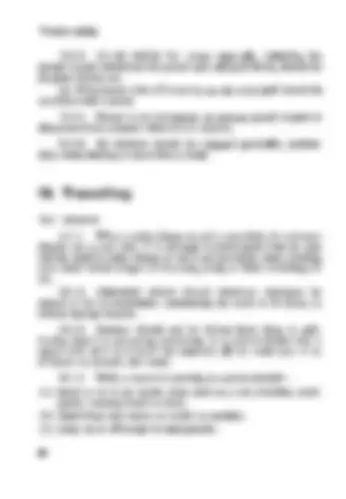
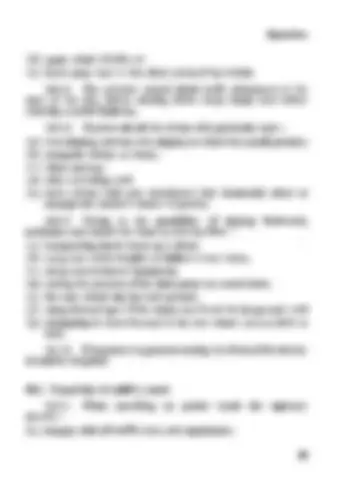
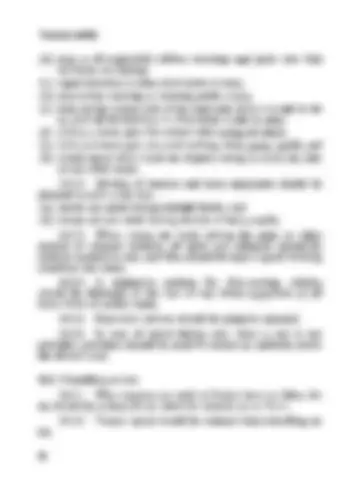
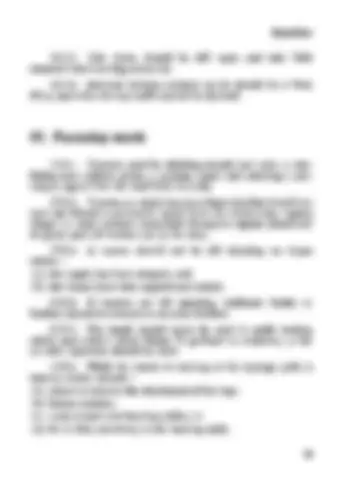
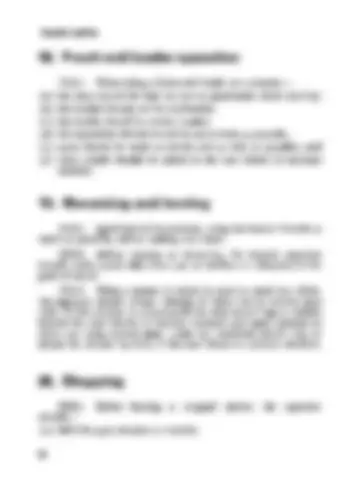
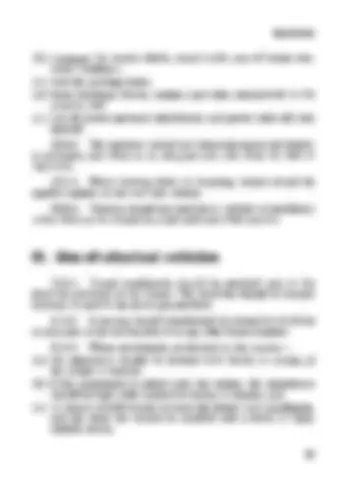
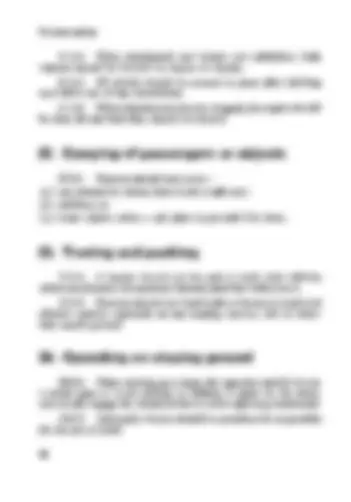
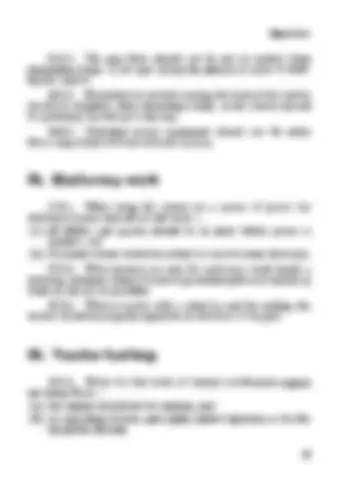
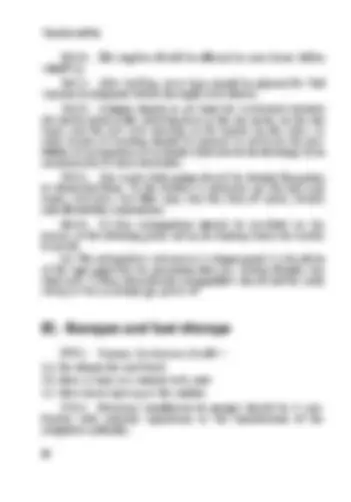
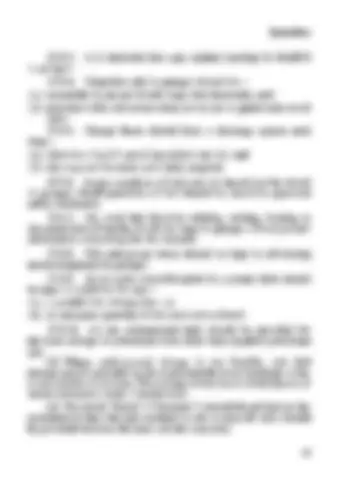

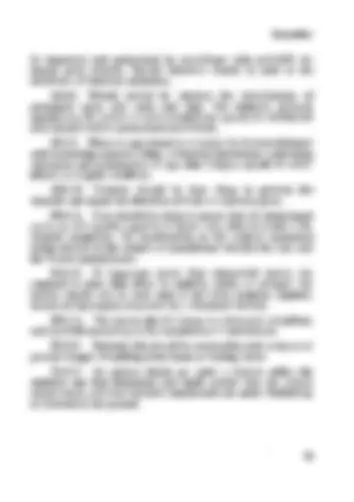
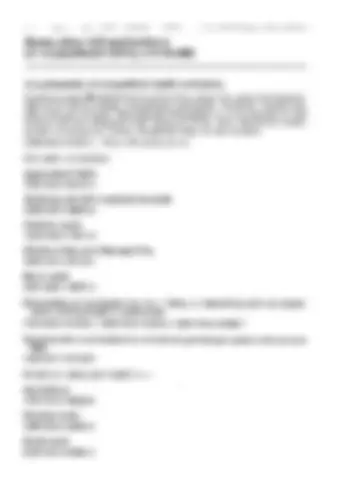



Study with the several resources on Docsity

Earn points by helping other students or get them with a premium plan


Prepare for your exams
Study with the several resources on Docsity

Earn points to download
Earn points by helping other students or get them with a premium plan
Community
Ask the community for help and clear up your study doubts
Discover the best universities in your country according to Docsity users
Free resources
Download our free guides on studying techniques, anxiety management strategies, and thesis advice from Docsity tutors
A code of practice for ensuring safe construction and operation of tractors, published by the International Labour Office (ILO). It includes definitions, safety requirements for tractor design and operation, and general safety instructions. The code aims to prevent accidents and injuries related to tractor use, and is intended for individuals responsible for safety in the public or private sector.
Typology: Study Guides, Projects, Research
1 / 47

This page cannot be seen from the preview
Don't miss anything!








































ILO Codes of Practice
International Labour Office Geneva
ISBN 92-2-101403-
First published 1976
ILO publications can be obtained through major booksellers or ILO local offices in many countries, or direct from ILO Publications, International Labour Office, CH-1211 Geneva 22, Switzerland. A catalogue or list of new publications will be sent free of charge from the above address.
Printed by Atar, Geneva, Switzerland
Foreword
public or the private sector, who have responsibility for safety in the construction and use of tractors, and who may be framing provisions on that subject. The value of the code lies in the fact that it embodies the knowledge and experience of many countries. The provisions of this code of practice have been drafted so as to be as consistent as possible with various national and inter- national standards. In particular the documents of the Organisa- tion for Economic Co-operation and Development (OECD) and the International Organisation for Standardisation (ISO) were reviewed and their intent was incorporated where applicable. The International Labour Office itself has for many years promoted high standards of safety and health in the use of dan- gerous machinery, including agricultural tractors. It has published a code of practice on safety and health in agricultural work (1965), a code of practice on safety and health in forestry work (1969), a guide to safety in agriculture (1969) and a guide to safety and health in forestry work (1968). All of these publications have dealt to some degree with the construction and safe use of tractors. In brief, the present code of practice is an attempt to consolid- ate the essentials of the safety and health provisions applicable to tractors wherevei they are used, and so constitute a text that may be of use in all parts of the world.
VI
- 1. Definitions 1.0.1. For the purpose of this code the following words are defined:
(a) "tractor" means a self-propelled vehicle having two or more axles, or equipped with tracks, and designed primarily to operate trailed or mounted implements and machines includ- ing trailers and to supply power to operate auxiliary equipment with the vehicle in motion or stationary; (b) "danger" means danger of accident or injury to health; (c) "adequate" means adequate to prevent danger; (d) "safety frame" means a structure designed or intended to be attached to, or form a part of, a tractor for the purpose of protecting the driver from injury if the tractor overbalances; the meaning of the term includes all parts by which the struc- ture is attached to the tractor; and (e) "safety cab" means a safety frame, with enclosing panels of suitable material arranged to provide a measure of weather protection.
Tractor safety
(e) a curvilinear surface, perpendicular to the reference plane, with a radius of 120 mm tangential to the planes denned at (c) and (d) above; (f) a curvilinear surface, perpendicular to the reference plane, having a radius of 900 mm extending forward for 400 mm from and tangential to the plane defined at (c) above at a point 150 mm forward of the seat reference point; (g) an inclined plane perpendicular to the reference plane, joining the surface defined at (f) above at its forward edge and passing 40 mm from the steering wheel; (h) a vertical plane perpendicular to the reference plane 40 mm forward of the steering wheel; and (i) a horizontal plane through the seat reference point.
2.2. Dangerous features
2.2.1. On no safety frame or cab should there be— (a) along the sides below a height of 95 cm above the horizontal plane of the loaded seat, any longitudinal members against which the operator's or passenger's head might sustain injury, unless there are also members at heights between 38 cm and 50 cm capable of providing support for the shoulders; or (b) any other features constituting particular hazards to the operator, e.g. glass of a type likely to shatter dangerously, or insufficient padding inside the roof or wherever the operator's or passenger's head might strike.
2.3. Fitting
2.3.1. The fitting of a safety cab or frame should not ad- versely affect—
(a) access between the ground and driver's position; (b) the freedom of movement normally enjoyed by the operator when he is in his normal operating position; (c) access to the tractor's main controls;
Construction
(d) the manner in which normal checking and maintenance operations are carried out; (e) the noise level at the operator's position; (f) visibility from the driver's position; (g) the manoeuvrability of the tractor in cramped surroundings; (h) the inherent stability of the tractor, whether by significantly raising the centre of gravity or by limiting the range of wheel track settings; (i) the attachment or use of any equipment that may be connected with the tractor; or (j) the control and adjustment of associated equipment. 2.3.2. A safety cab or frame should be fitted in such a manner as to prevent excessive heat, draught, dust and fumes from reaching the operator.
2.4. Visibility
2.4.1. The cab should be provided with— (a) a windscreen and windows of clear transparent material that do not break into sharp fragments in a crash; (b) a power-driven wiper which clears a substantial portion of the windscreen; and (c) a water spray to clean the windshield.
2.5. Protruding members 2.5.1. Safety frames and cabs should be so constructed that— (a) there are no protruding members or components which would be likely to cause serious injury in an overturning accident or which might trap the operator, e.g. by the leg or foot, as a result of deformation; and (b) all edges and corners that might injure the operator are covered with rubber or equivalent protective padding material.
5
Construction
(b) be able to withstand without permanent deformation a force of 120 kgf in such a position that they could be used as a step; (c) retain their strength at very low temperatures; (d) be rigidly fastened; and (e) have no sharp edges. 3.2.2. (1) Only a stationary guard may be made of mesh or take the form of a grating. (2) If a guard is made in the manner described in subpara- graph (1), the size of the openings should be dependent on the distance between the guard and the moving part: where the open- ings are round, their diameter should not exceed 6 mm or one- tenth of the distance from the moving part, whichever is greater; if the openings are polygonal the largest circle that can be inscribed in them should not have a diameter exceeding that dimension, and in addition the distance between the apexes that are furthest apart should not exceed twice that dimension.
3.3. Hot parts 3.3.1. A guard or shield should be fitted to reduce to a minimum the possibility of inadvertent contact during normal operations with any exposed hot element that may cause harm. The guard should be constructed of heat-insulating material, or positioned and mounted in such a manner that it will not itself become hot.
3.4. Rear wheels or tracks 3.4.1. (1) All tractors should be provided with rear wheel or full track guards (mud guards) which should be higher than the circumference of the wheels or track and so far ahead that the operator's or passenger's feet cannot come into contact with the wheels or track.
(2) The wheel guard may be omitted when the wheels are already protected by other means such as auxiliary equipment.
7
Tractor safety
3.5. Fans 3.5.1. All propeller or axial fans which are exposed and within reach of the ground, the operator's position or the passen- ger's position should be guarded against contact.
3.6. Pulleys and belts 3.6.1. Tractor belt pulleys should be so located or guarded while in operation that if the belt breaks or slips off it cannot strike the operators and there is no risk of contact with the nip point. 3.6.2. If the belt or pulley guard is so located that the oper- ator or passenger could step on it, it should be strong enough to withstand without permanent deformation a force of 120 kgf evenly distributed over an area of 250 cm^2.
3.6.3. (1) Open gears, belts and chain drives and idlers should have nip points protected by guards or by other parts of the equipment.
(2) Chain drives, as well as belts that are joined in such a manner as to present protrusions, should be guarded over their entire length if there would otherwise be a possibility of contact with them.
(3) Substantial bars or rods may be used to shield several drives simultaneously.
3.7. Other nip points
3.7.1. Other nip points that should be guarded by adequate guards or location are—
(a) any shafting (including joints, shaft ends and cranked shafts), fly wheels, gearing (including friction roller mechanism), cables, sprockets, clutches and coupling; (b) set screws, bolts, key ways, keys and grease nipples that pro- trude on moving parts; and
8
Tractor safety
(e) provided with seat belts, which move with the adjustable seat, when the tractor is equipped with a safety cab or frame.
4.3. Guarding of operating positions on auxiliary equipment
4.3.1. (1) Persons at the operating position should be pro- tected from falls by every appropriate means.
(2) Any platform on which a worker is required to stand during the operation of the machine or associated equipment should be level and offer a good grip for the feet, and should be provided on all sides with—
(a) a foot guard (toe-board) which should be fitted around the edge of the platform or not more than 50 mm outside of it and should extend not less than 75 mm above the platform; and (b) a guard rail which should be at least 100 cm and not more than 105 cm above the platform. (3) It is not necessary to provide a foot guard or guard rail for the platform where—
(a) the machine itself affords protection at least equal to that which a foot guard and guard rail would provide if they were fitted; or (b) the access of persons or movement of material must not be impeded; however, it is suggested that a movable guard rail be installed across this opening.
5. Lights
5.1. On public roads
5.1.1. When used on public roads, all tractors should comply with public traffic regulations.
5.2. Field use
5.2.1. When used during periods of reduced visibility or at night, tractors should be provided with—
10
Construction
(a) at least two headlights symmetrically mounted and aimed forward; (b) at least one tail lamp (which it should be possible to switch off or convert to red); and (c) at least one red reflex reflector on each side mounted as nearly as practical to the extreme right and left edges of the tractor.^1
6.1. Inflation
6.1.1. The tyre manufacturer's recommendations concerning tyre inflation should be followed.
6.2. Ballast 6.2.1. For increased stability or traction, internal liquid or external solid ballast may be attached to the front or rear wheels, or both.
6.3. Inspection 6.3.1. Tyres should be regularly inspected for damage, and new ones fitted when cleats are worn to the point of providing poor traction or grip.
7.0.1. All tractors should be equipped with steps or other equivalent means to facilitate entry to and exit from the operator's and passenger's positions.
(^1) In some countries it is recommended that at least one flashing warning lamp be mounted as high as practicable, not obscured and indicating as nearly as practicable the farthest projection to the outside rear. Provision should be made in the flashing warning circuit for disabling the flasher.
11
Construction
8.1. General 8.1.1. A power take-off should be so designed that there is a minimum clearance of 8 cm in any direction between the centre of the end of the splined shaft and any stationary part of the tractor. 8.1.2. (1) An instrument indicating the speed of the power take-off when operating under load should be made available for tractors. (2) An instrument of the kind described in subparagraph (1) should be fitted as part of any tractor capable of driving a rear power take-off in excess of 600 rpm when operating under load.
8.2. Rear power take-off 8.2.1. The direction of rotation of a rear power take-off should be clockwise when viewed by an observer facing in the direction of forward travel. 8.2.2. (1) When operating under load, the speed of a rear power take-off should normally be maintained within the following limits at the design speeds indicated: (a) at 540 rpm ± 10 rpm for a design speed of 540 rpm; and (b) at 1,000 rpm ± 25 rpm for a design speed of 1,000 rpm. (2) Tractors should be fitted with means of preventing the inadvertent operation of rear power take-offs under load in excess of— (a) 630 rpm for a design speed of 600 rpm; and (b) 1,150 rpm for a design speed of 1,100 rpm.
8.3. Auxiliary power take-offs 8.3.1. An auxiliary power take-off should have a normal speed under load of 1,000 rpm ± 25 rpm.
8.3.2. (1) A power take-off drive mounted on the right-hand side of a tractor and extending to the right (when viewed by an
13
Tractor safety
observer facing in the direction of forward travel) should have a clockwise rotation when viewed from the outer end of the shaft.
(2) A power take-off drive mounted on the left-hand side of a tractor and extending to the left (when viewed by an observer facing in the direction of forward travel) should have a counter- clockwise rotation when viewed from the outer end of the shaft. (3) A mid-tractor power take-off drive should have a clock- wise rotation when viewed by an observer facing in the direction of forward travel. 8.3.3. The position of a mid-tractor power take-off should be such that its shaft extends forward parallel to the line of the shaft of the rear power take-off.
8.4. Power take-off shield 8.4.1. (1) Protective devices for power take-offs should be substantially constructed, firmly secured in position and main- tained in good condition. (2) When the power take-off is in use, it should be covered on top and on both sides by a shield attached to the tractor and preventing any person from coming into contact with the shaft. (3) When the power take-off is not in use, it should be com- pletely enclosed in a cover attached to the tractor. (4) The power take-off cover should be secured to the tractor by a chain or other means in order to prevent its loss. (5) The power take-off shields and covers should be capable of withstanding a force of 120 kgf evenly distributed over a maximum area of 250 cm^2 when attached to the tractor without taking a permanent set. (6) Attaching points should be provided for the power take-off shaft guard.
8.5. Power take-off drive line shield 8.5.1. All power take-off drive lines should be shielded.
14